Blog 18
I may have finished my 1600km bicycle journey down the Namibian coastline at the mouth of the Orange River, but the adventure wasn’t quite done. Having arrived six days early, there was no need to rush off and we could afford to spend two very interesting days in Oranjemund as guests of Namdeb.
Any town that has wild gemsbok (oryx), springbok and ostriches nonchalantly wandering the streets, grazing to their hearts’ content on the grassy green parks, golf course and roadsides warrants a little more investigation. It wouldn’t be difficult to keep the lawns trimmed and fertilised!
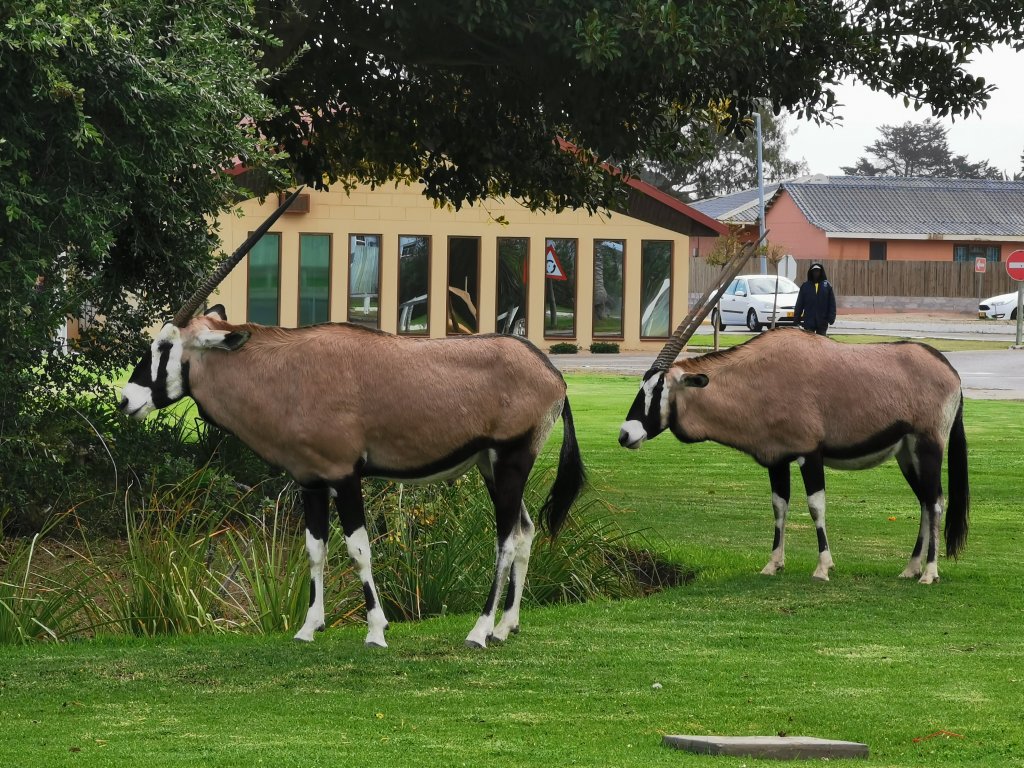
My first call of duty was to give a presentation at 7.30 in the morning after I finished the expedition to students at the Secondary School. It was definitely a struggle to turn around, prepare the talk and present so early, but the years 10, 11 and 12 students and the teachers seemed to appreciate it.
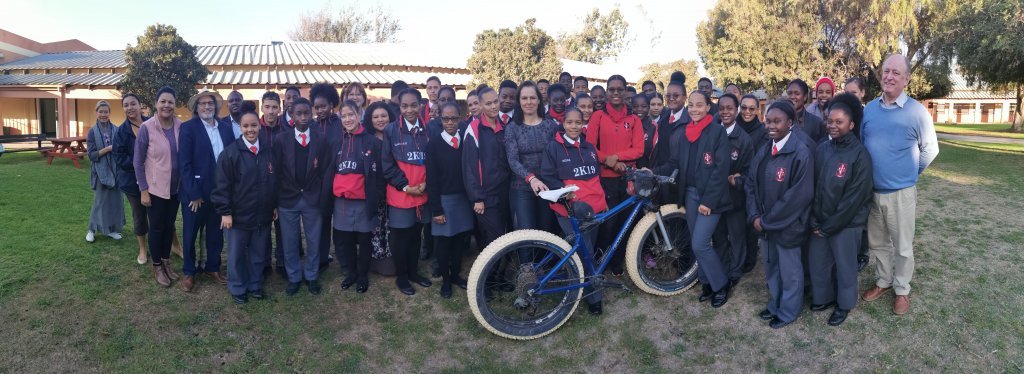
Soon after, we met Namdeb’s Chief Engineer, Gert Muller, for breakfast. As an engineer and a mountain biking enthusiast, Gert was impressed and intrigued by my AWD fatbike. He gave the go ahead for Kas, Elago and I to visit the mine site the next day and while there, have a rare opportunity to see the wreck of a Portuguese merchant ship, the Bom Jesus, that disappeared in 1533, lost in a violent storm en route from Portugal to India to trade goods for spices. I had known of this incredible discovery by a Namdeb employee in 2008 well before the expedition began and hoped there might be an opportunity to see it.
I have never experienced such tight security as we had to pass through before entering the mine zone; new permits, a security and safety induction, and on the day, a very complicated set of procedures for screening us and our cameras (no mobile phones allowed).
Francis, the communications manager did a great job organising everything with little notice and then in showing us around. It was about a 15-minute drive out to the mining area where the wreck is housed. The Bom Jesus is by far the oldest wreck ever found on sub-Saharan Africa coast. It is only the second ever ship of its era excavated by archaeologists. All of the others were plundered by treasure hunters. The Bom Jesus was untouched, buried under more than 10 metres of sand.
Its artefacts are currently being studied, restored and catalogued in the temporary climate-controlled, dimly lit warehouse. The plan is, that once the bulk of the restoration work has been done, the artefacts are relocated to a purpose-built museum in Oranjemund town where historians, archaeologists and tourists can easily visit without enduring the stringent security procedures. Here are a few images, but there is so much more…
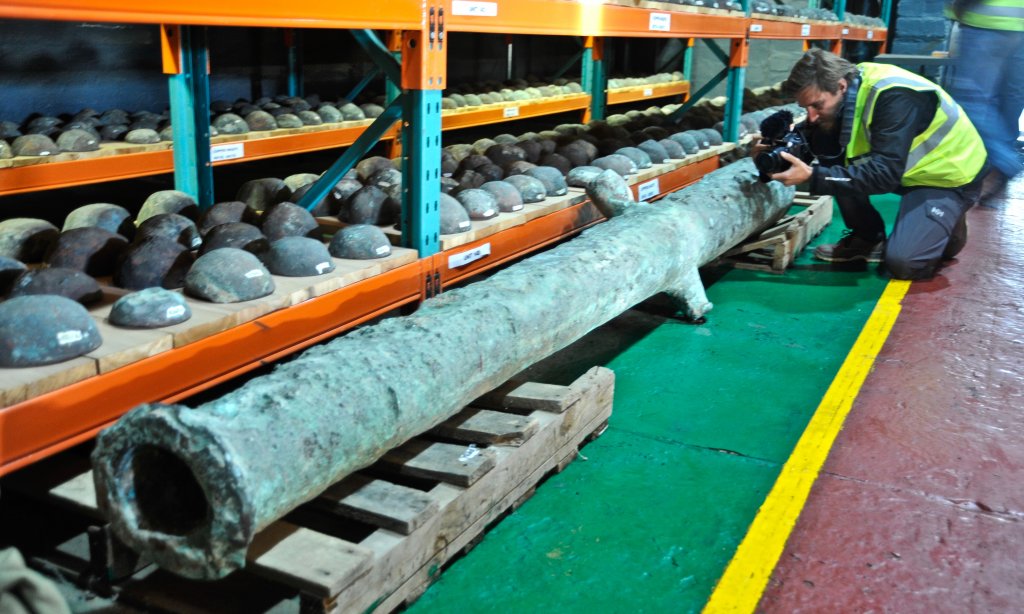
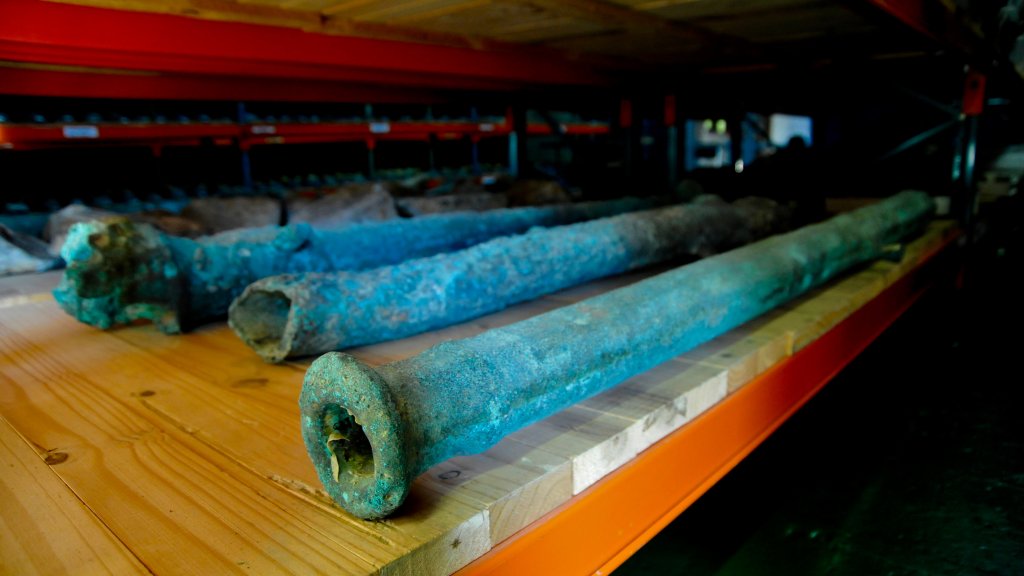
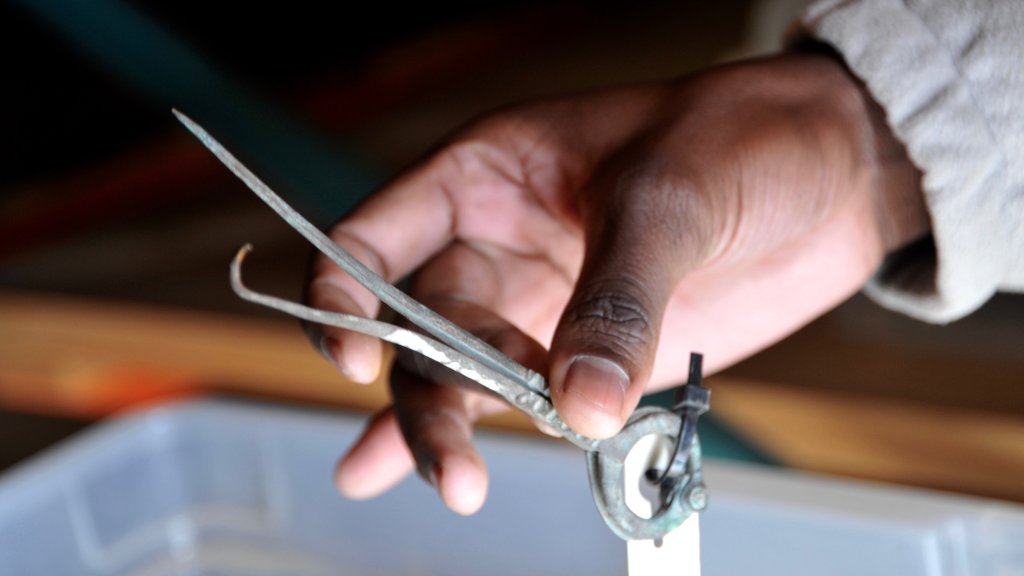
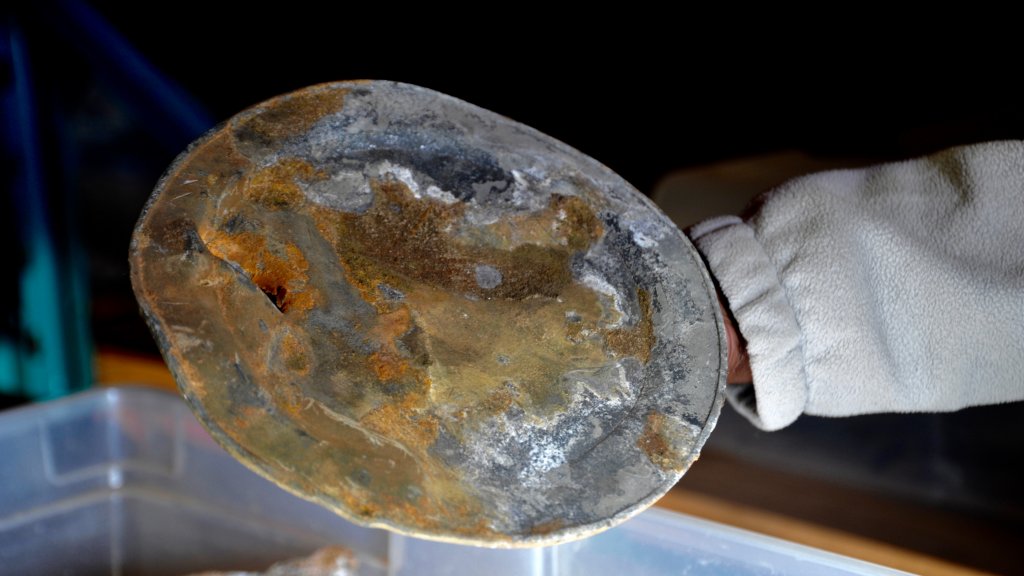
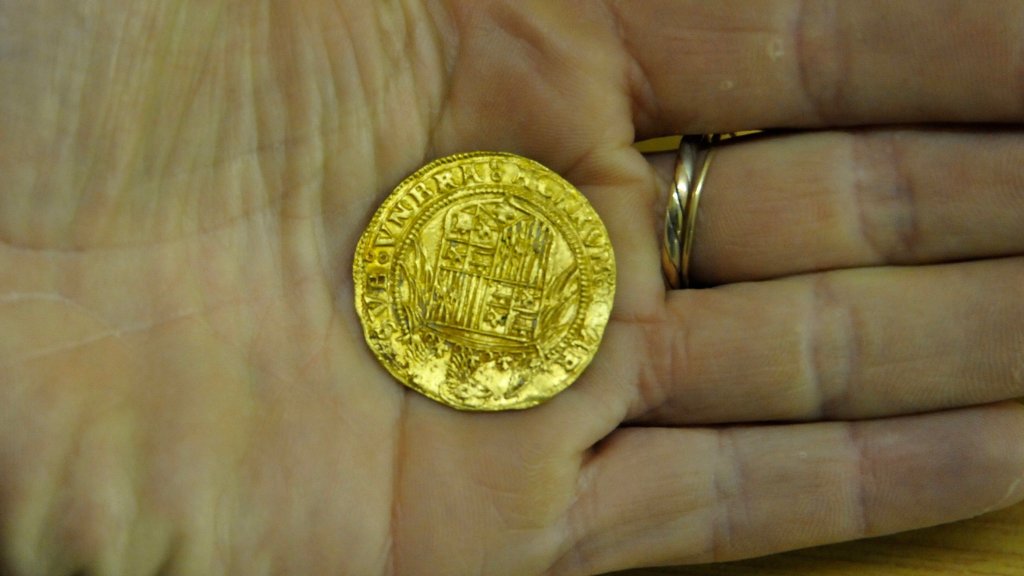
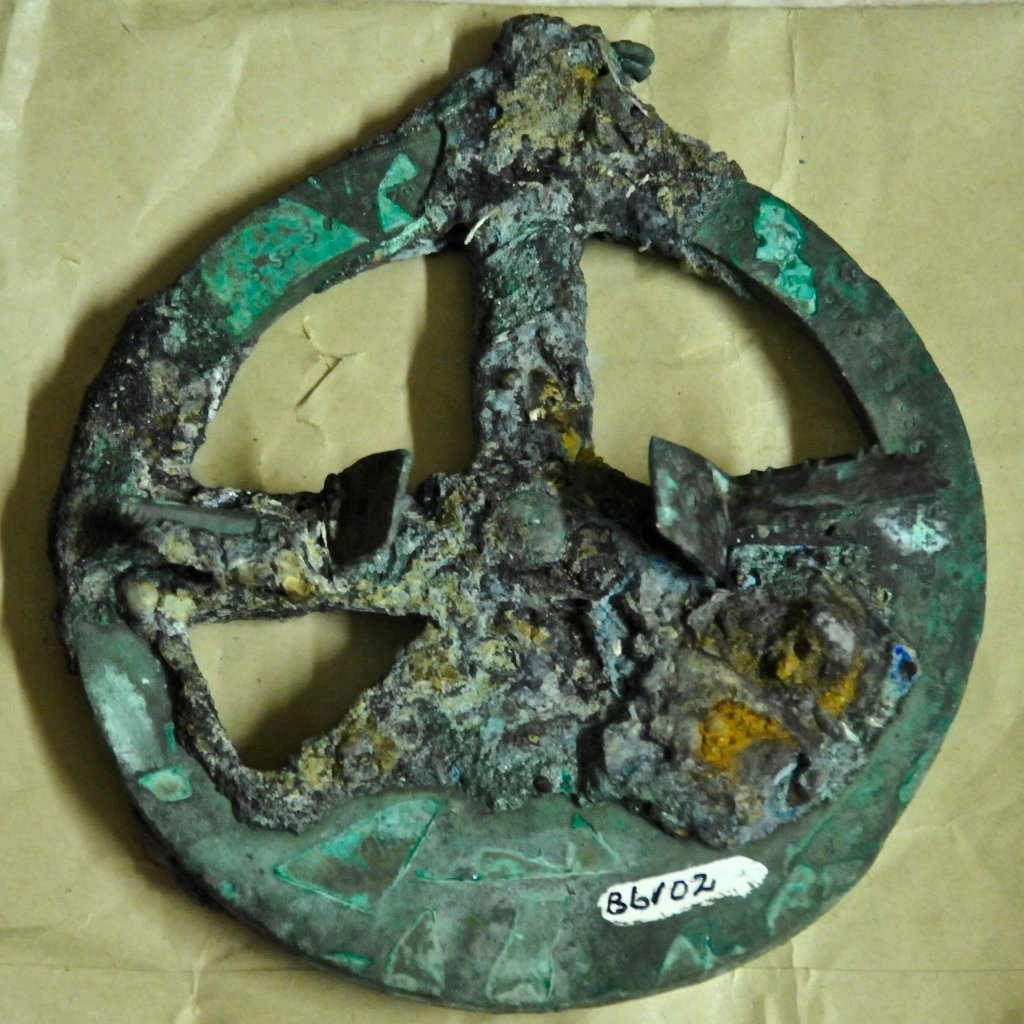
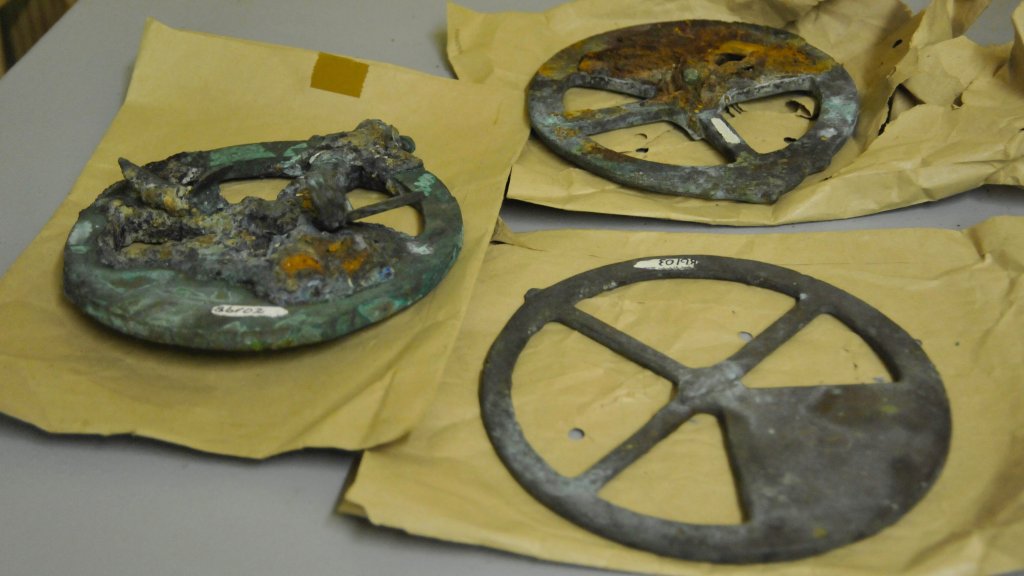
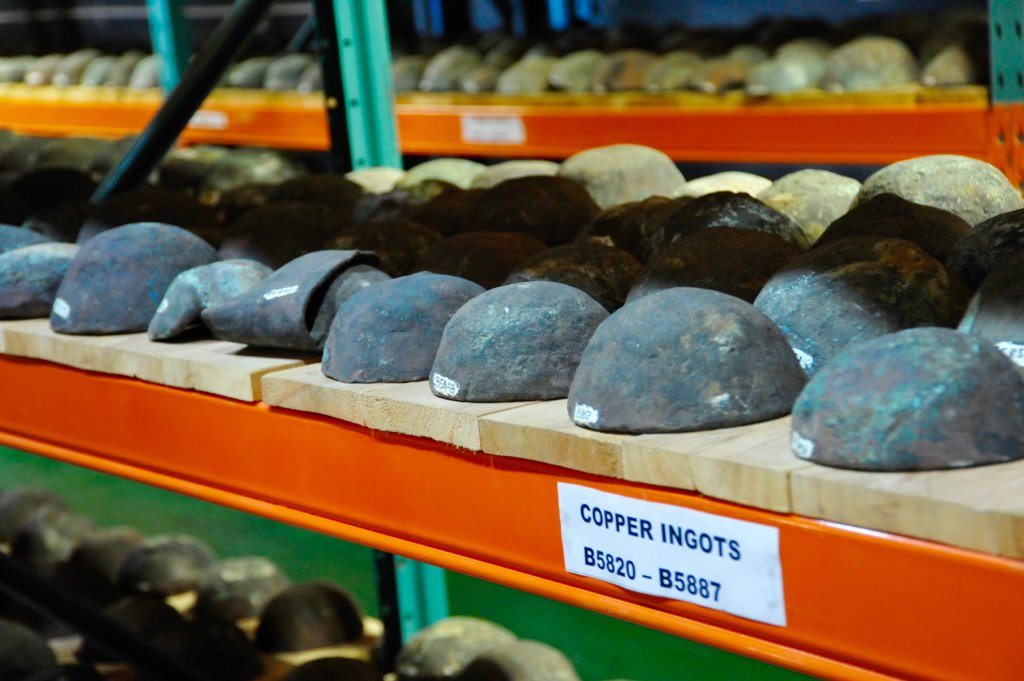
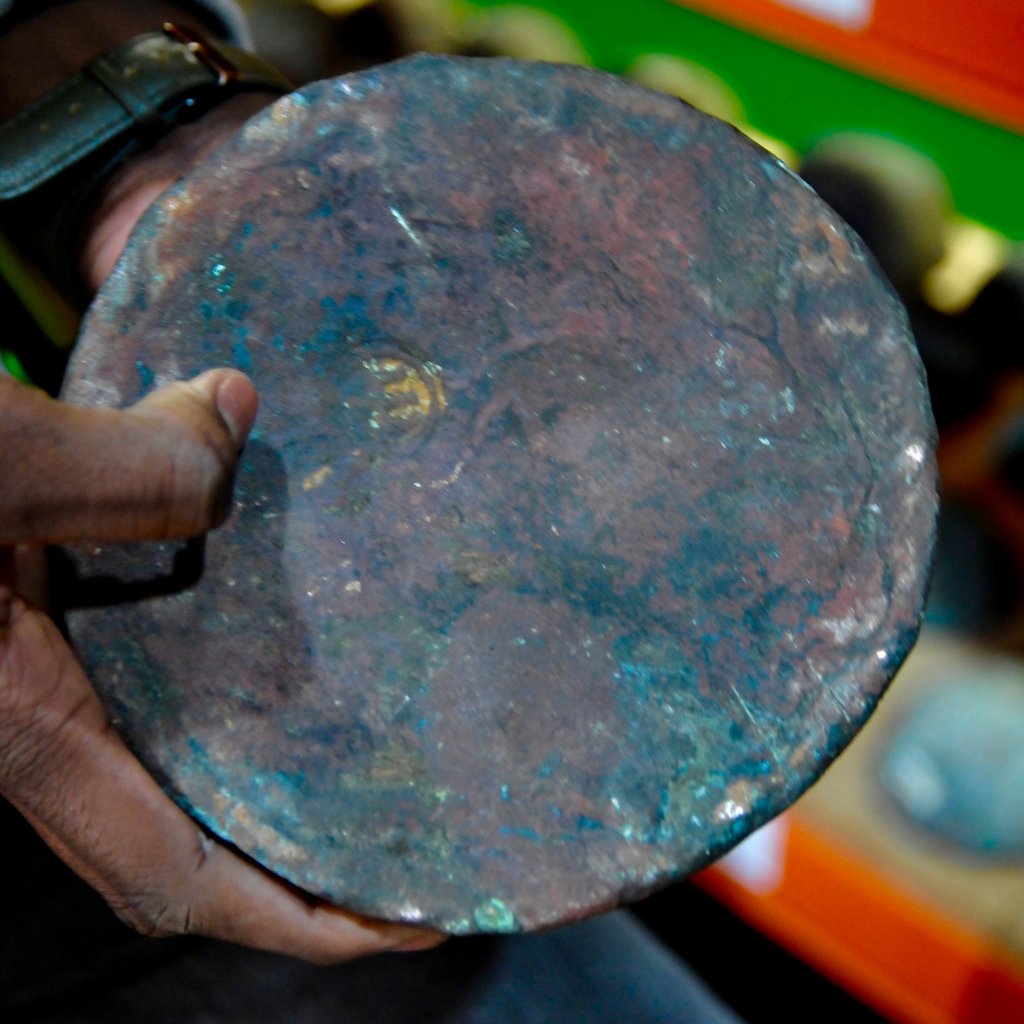
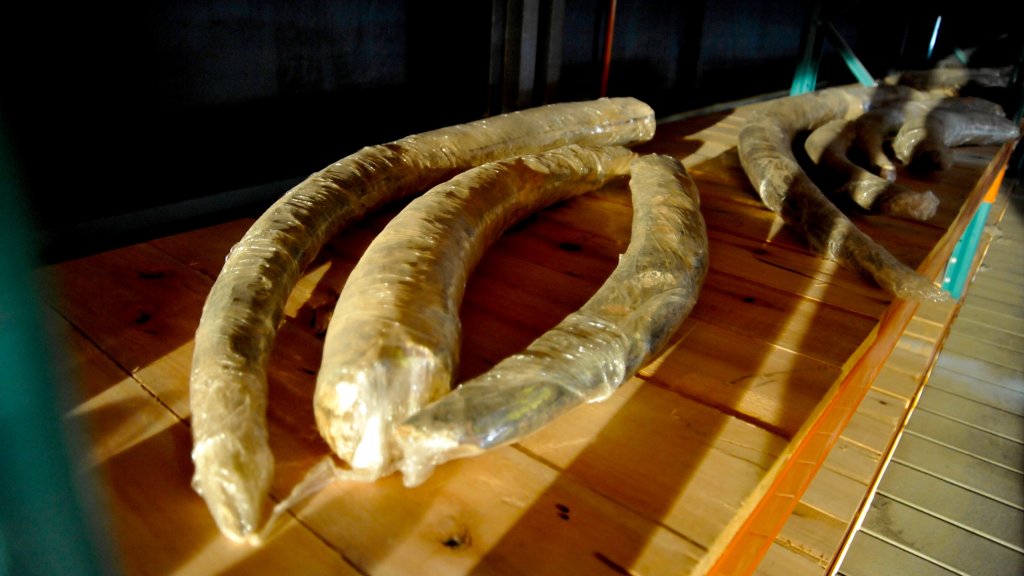
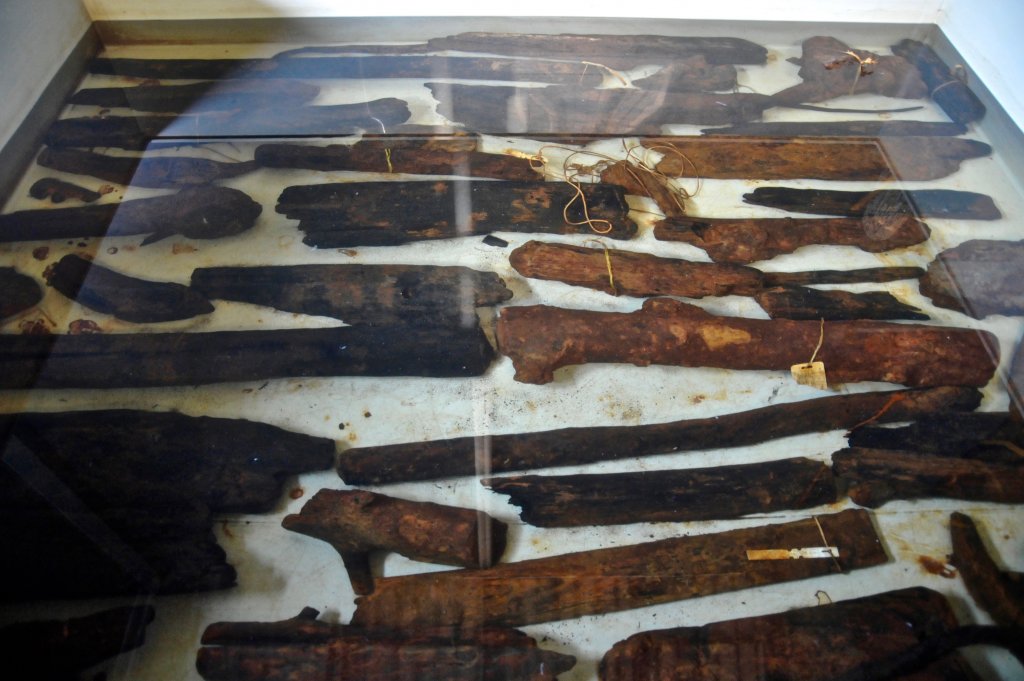
Diamond Mine
I felt totally blown away by what I had just seen, trying to process it as we drove on to a working diamond mine pit, U100. The Bom Jesus was found in pit U60, similar to this. It is ironic that a ship 500 years ago laden with treasure came to be wrecked on a foggy, mysterious coast that contains the richest known reservoir of diamonds…more than a hundred million carats of diamonds! The source of the diamonds is the Kimberly region in South Africa and Botswana in the catchment region of the Orange River. Over millions of years, the diamonds have been washed down the river and out to sea. The largest, heaviest diamonds weren’t washed far from the river mouth and deposited on the sea bed. 95% of diamonds in this region are of the highest gem quality. The further away from the Orange River, the smaller the diamonds. I can’t hope to tell the full story in this blog, but here’s a little photo story of our experience:
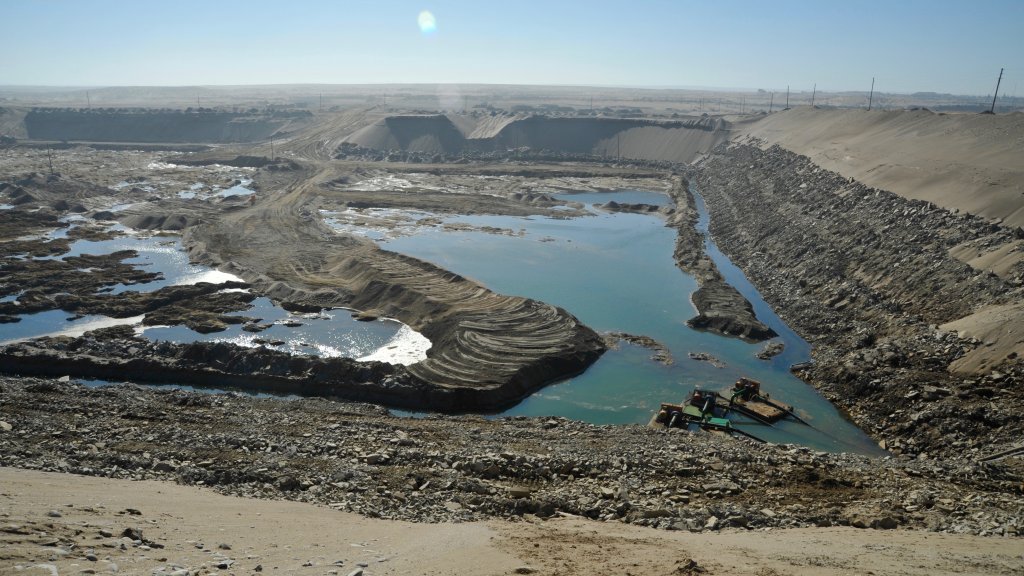
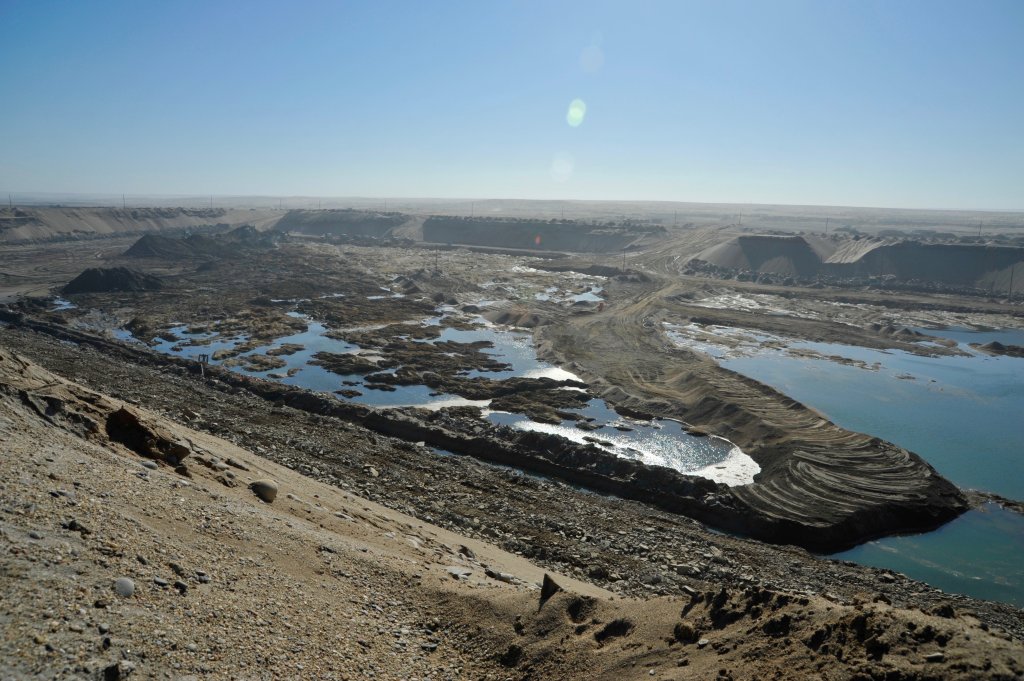
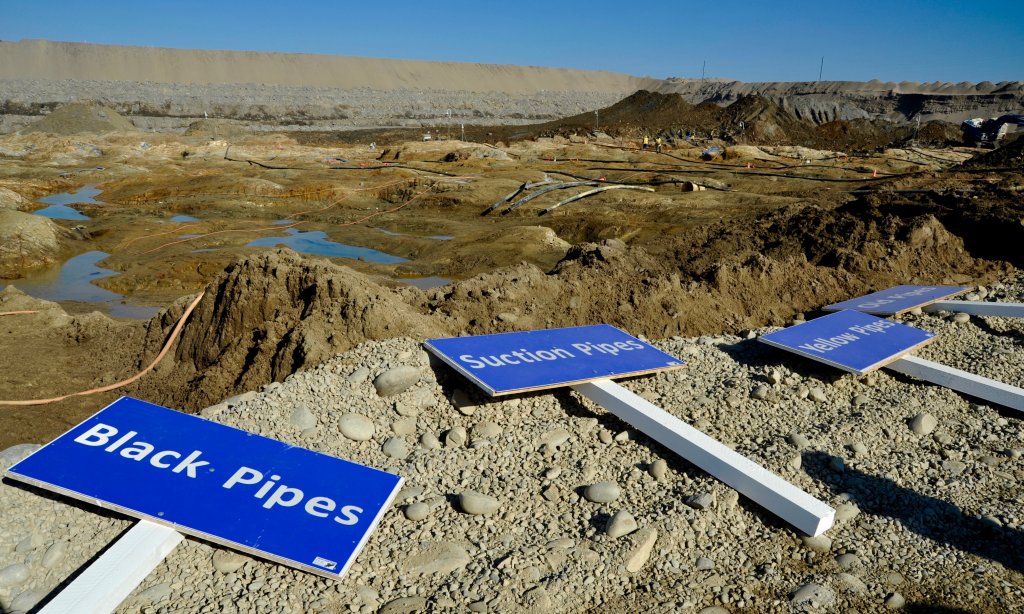
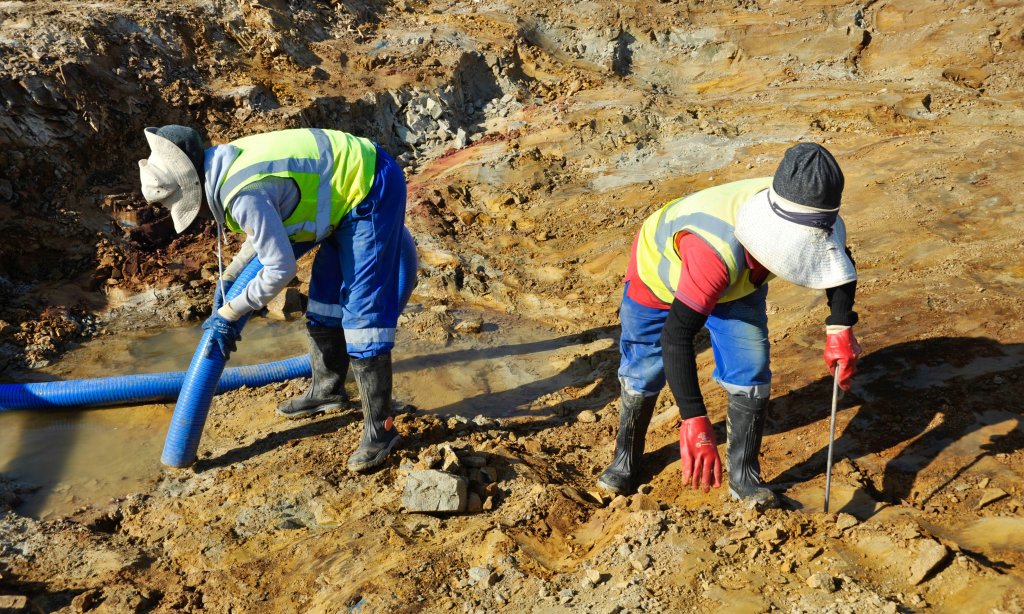
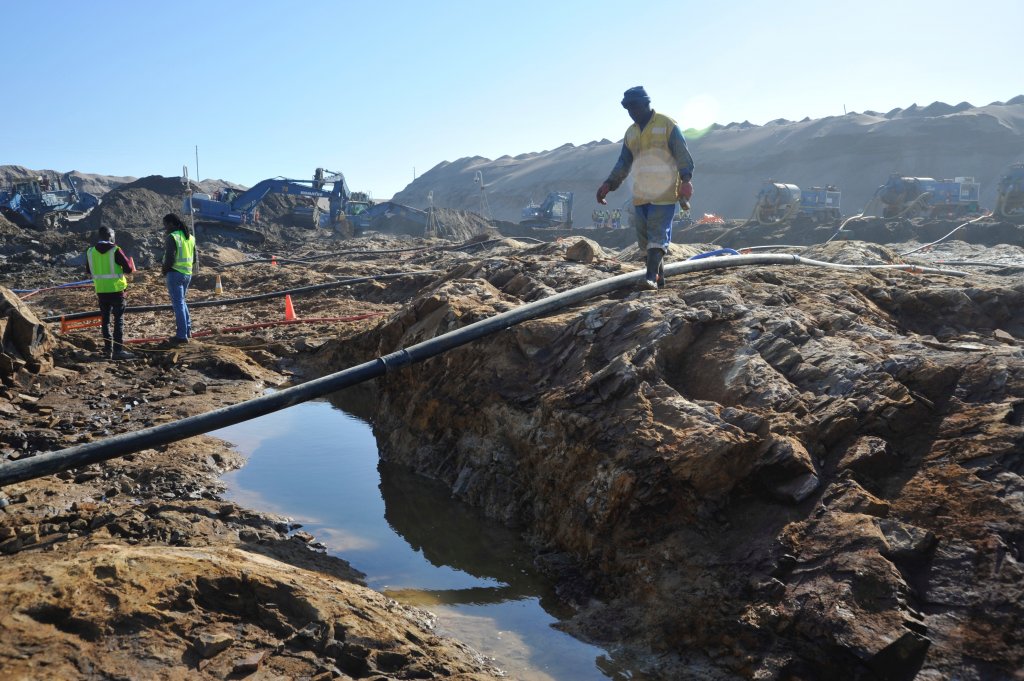
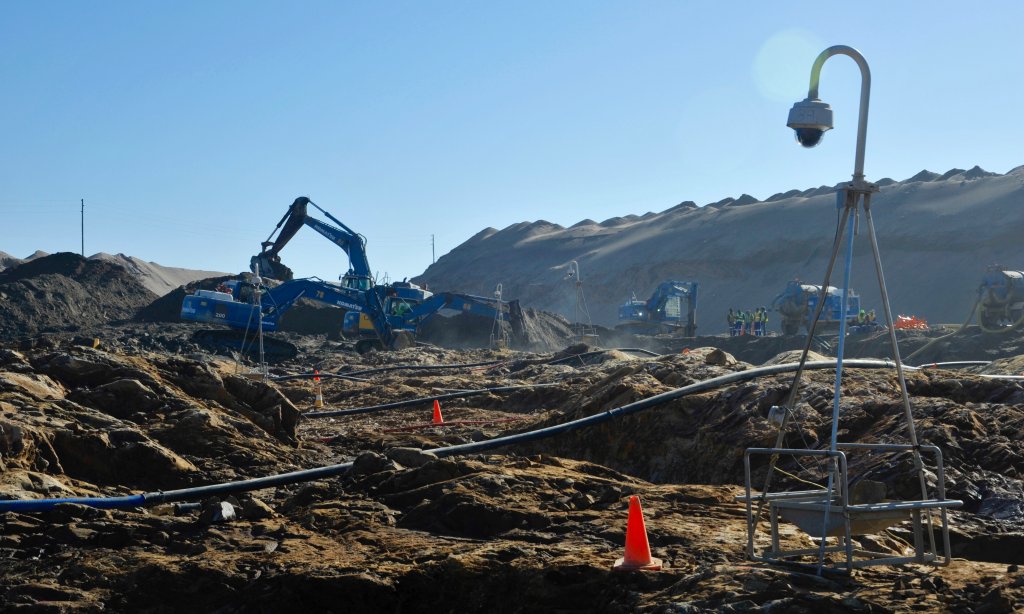
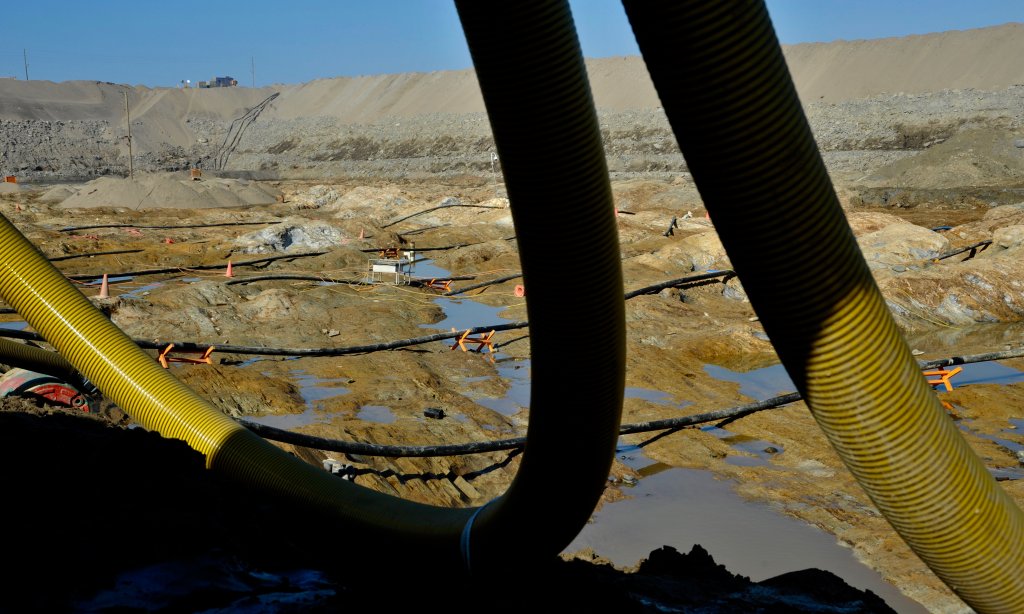
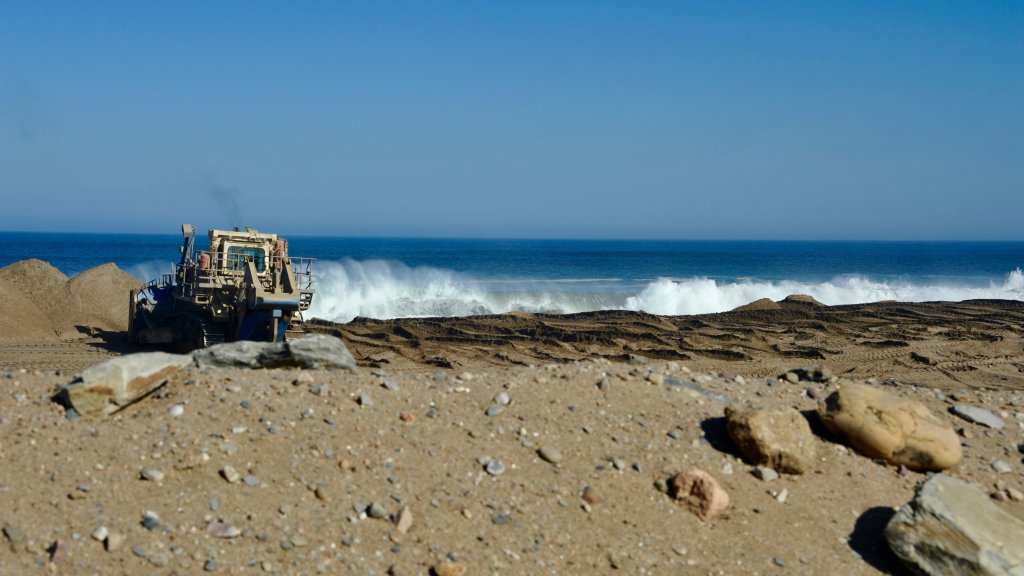
Just before we left Oranjemund we were met by Jurgen Jacob, the COO of Namdeb. Jurgen, along with the CEO, Riaan Burger, was responsible for reversing the original decision and allowing us to apply for Restricted Access Permits to pass through the Sperrgebiet. Without such openness and foresight, I would not have been able to cycle the whole of Namibia’s coast, from the mouth of the Kunene River to the mouth of the Orange River. I was pleased to be able to thank Jurgen in person.
Namdeb, over the next few years, is planning to scale down its land operations and concentrate its more profitable diamond extraction with Namdeb Marine – vacuuming and sifting through payload from the ocean floor just off the coast.
The Oranjemund community is totally reliant on Namdeb for everything; employment, community services, education, etc. The town was built on the back of the exciting diamond discoveries in the 1920s. It was really pleasing to hear that Namdeb is determined not to let Oranjemund become another Kolmanskop (ghost town). They are planning the scale down with much foresight with a vision to assist community members to reeducate and upskill to develop new careers, and hopefully for Oranjemund to thrive in the future.
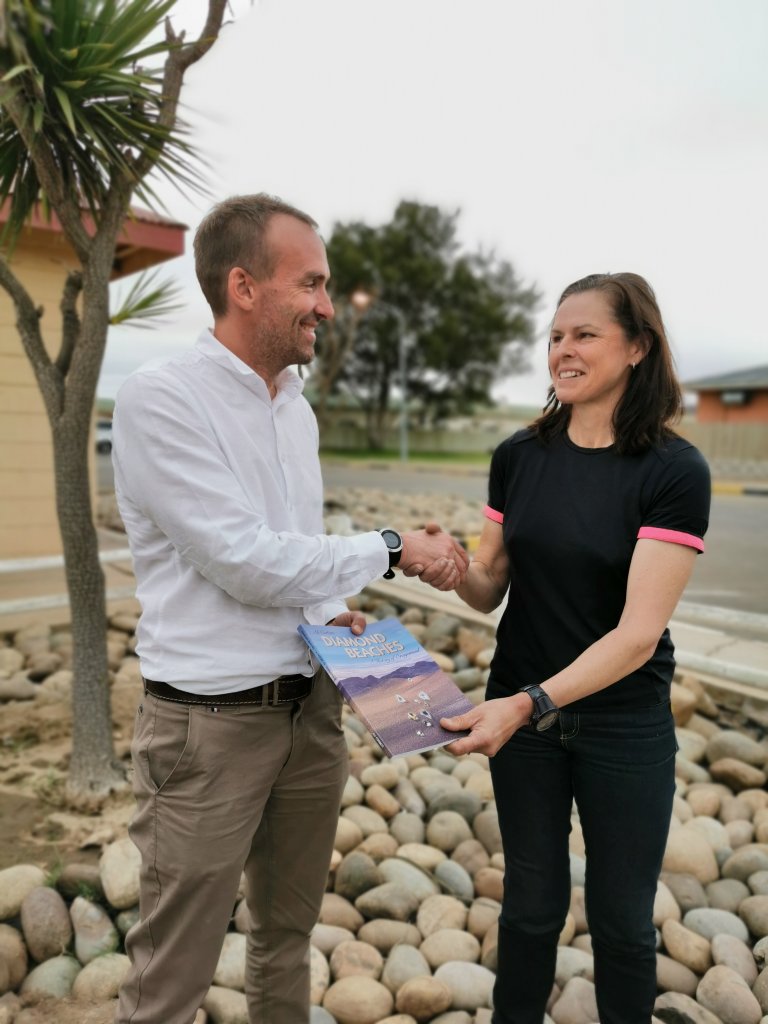









well done Kate
stay the course… the journey never ends…
Stuart Gosling
fantastic climax to a wonderful project.
Fabulous story Kate. Amazing end, archeology and diamond mining!
so i suppose any samples from the mine were out of the question
such a big operation